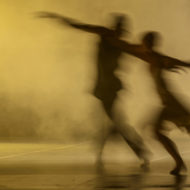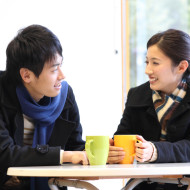
Moving oneself and observing others move are the best ways to learn about movement, but not the only ways. Recently I’ve been experimenting (successfully!) with correspondence courses.
It may seem counterintuitive that something as “old school” as a correspondence course can advance Laban’s work. But I, and nearly 40 readers on five continents, have been finding that this a great way to approach two of Laban’s most seminal books, Choreutics (aka The Language of Movement) and Mastery of Movement.
Choreutics primarily focuses on the space and shape aspects of movement, while Mastery deals more with body and effort.… Read More









